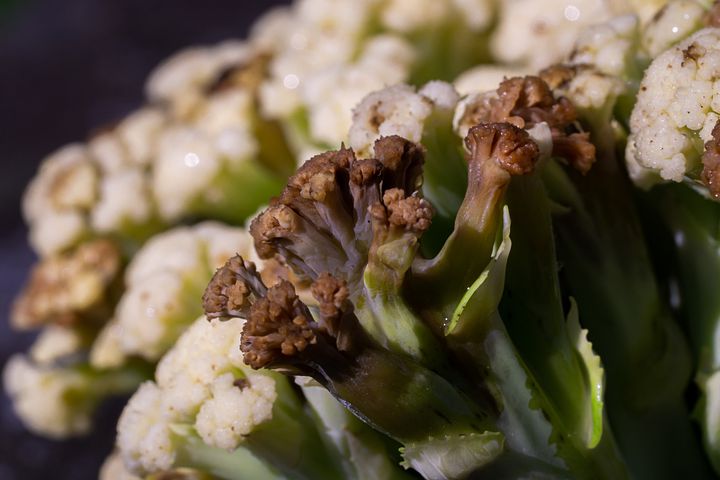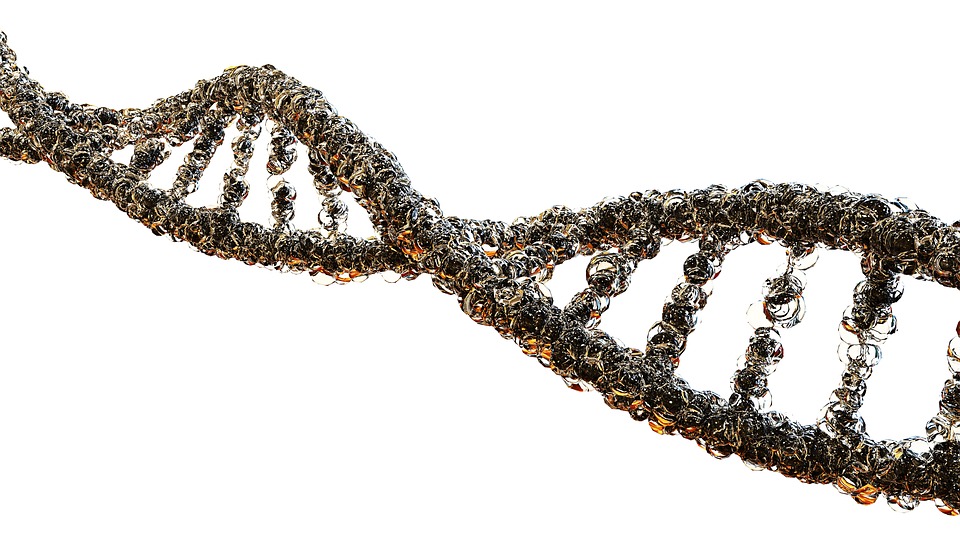By Rashmi Wickramasinghe
Erwinia is a genus of bacteria. There are more than thirty species in this genus. Most of the Erwinia species are plant pathogens. It is the cause of diseases such as blights, cankers, die-back, leaf spots, wilts, discoloration of plant tissues, stalk rot, crown rot and stem rot.
How do the plants get infected?
Let me share a small story with you. One day, a very fat farmer went to irrigate his vigorous potato cultivation using a small bucket. The water source was a retention pond. He had to walk to the pond then to the field back and forth through narrow bunds between the crops.

Since he was very fat it was very hard for him. He even stumbled and fell down on the plants and the plants got damaged. Days passed and he found that his potato cultivation is infected with a disease called soft rot caused by Erwinia species.
What has happened? When the farmer stumbled down, the plants got damaged and Erwinia was there in the field. This opportunistic pathogen infected the tissues of the potato tubers. Erwinia can enter the plant body through insects also.
Three Erwinia species that cause soft rot in potatoes. Erwinia carotovora ssp. carotovora, E. carotovora ssp. atroseptica and E. chrysanthemi
How do they infest plant tissues?
Plant cells have cellulose on their walls. The cells are bound together with pectin. Erwinia can produce enzymes that can break down both cellulose and pectin. We call those enzymes pectolytic and cellulolytic enzymes. After the cells are broken down with these enzymes, Erwinia absorbs the nutrients in the plant.
They love high humidity and moisture because it triggers the release of bacterial digestive enzymes that can break down plant tissue.
How Erwinia enter the field?
Erwinia cells have tails that call flagella. Using flagella bacteria swim through wet soil and over plant surfaces then they enter the plant. The water source was a retention pond. Since water in there is reutilizing water the probability of Erwinia being in the pond water is high.
Also, by contaminated tools, soil, and insects, Erwinia can be transmitted to the field.

How to identify a disease caused by Erwinia?
That fat farmer felt a fishy smell in the air. First, he thought that the smell is from his clothes. He hadn’t done laundry for weeks. But it was not coming from his clothes. Then he sniffed the plants. Eureka! The smell was coming from the plants.
The fishy odor he smelt was coming from the plants due to the breaking down of the plant tissues by Erwinia.
Is Erwinia always bad?
NO!
Erwinia uredovora has a gene that helps rice seeds to biosynthesize beta carotene. This gene was incorporated to rice and Golden Rice was created. It is rich in beta carotene which is converted into vitamin A when metabolized by the human body. This is intended to be used to overcome the Vitamin A deficiency worldwide.
